MARKET OVERVIEW
The Global Steel Cord market is a significant component of the general steel and materials industry, providing necessary reinforcement solutions primarily for the manufacturing of tires and other industrial uses. Steel cords are made of high-strength steel filaments carefully designed to provide unparalleled durability, flexibility, and tensile strength. The properties of the said steel cord make them highly essential in producing radial tires, conveyor belts, and other applications in high performance that require long durability and stress resistance. The Global Steel Cord market will shift with the tides of industrial evolution and innovation, there being emerging trends of technology and material needs.
Innovation and precision are what will keep the steel cord industry thriving because it is driven by increased demand for strong, advanced materials that can be used for challenging environments. Most notably, steel cords are used in the automotive industry for radial tires, mainly due to improved fuel efficiency, load-carrying capacity, and overall performance. Beyond this, the steel cords find their way into construction, mining, and aerospace applications where high strength properties offer the much-needed support. The global steel cord market is bound to play a very important role in terms of fulfilling supply needs from these critical material applications where industries require mostly consistent quality and reliability.
As a niche yet indispensable component, this steel cord industry undergoes quite unique dynamics compared to other material markets. The makers would have to ensure that the products contain steel cords, adhering strictly to quality standards. This will constitute rigorous testing and compliance with global regulations. Mainly, the automotive industry has been leading the trend toward sustainability and lightweight construction. Shifting toward sustainability, with future market growth ensuring a balance between being cost-effective and innovative, will work toward setting new performance standards for manufacturers without affecting competition.
The geographical distribution of the Global Steel Cord market portrays the trend of the broader industrial landscape, having major production hubs in Asia-Pacific, Europe, and North America. Countries such as China and India command a large share of production and consumption in their regions, owing to the sheer scale of their manufacturing infrastructure and growing automotive industries. Simultaneously, Europe and North America will be driving demand for high-performance steel cords in advanced applications in the industrial field. With its acceleration, globalization will link the supply chains of the steel cords together; hence, efficient global demand can be met with the help of powerful logistical strategies.
Global Steel Cord market will also change with progress in materials science. As scientists continue to work on the improvement of strength-to-weight ratio, as well as corrosion resistance of a steel cord, manufacturers would probably invest in cutting-edge technologies to make their product better than others. In addition, recycled steel and sustainable manufacturing will become the new buzz words because the world as a whole wants to achieve a healthier environment. The market will shift according to these changes, and steel cords will remain in the heart of industrial innovation.
The Global Steel Cord market goes beyond being a supplier of specialized steel products. It is an enabling factor behind growth in the production sector and technological progress. From being used in automobile and construction to addressing the issues of sustainability and innovation, this market will be active as long as it involves change based on the future's requirements. Focusing on quality, efficiency, and responsibility concerning the environment will ensure the industry's place as a necessary participant in the world economy.
Global Steel Cord market is estimated to reach $10,088.8 Million by 2031; growing at a CAGR of 5.4% from 2024 to 2031.
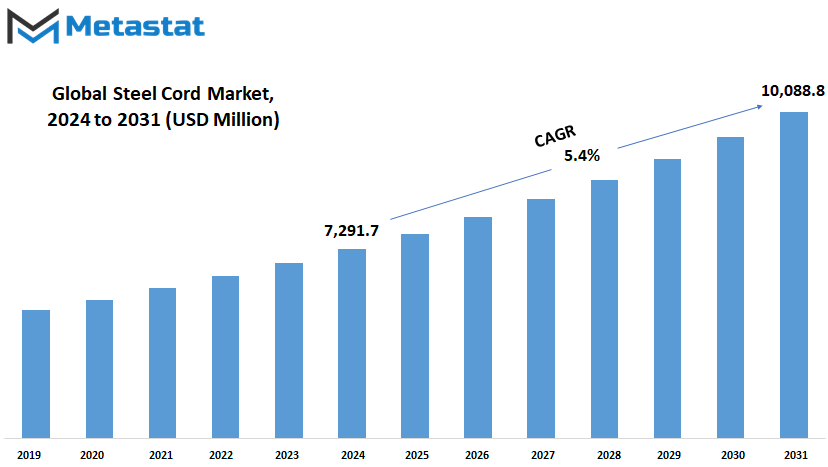
GROWTH FACTORS
Global Steel Cord Market is expected to witness significant growth in the years ahead, propelled by the emerging trends and requirements of the various market industries. Automotive is one of the main growth areas, especially in developing economies. As the number of car owners has increased in these regions, the radial tyres are in high demand, because they are more durable and provide good performance. Developments in high-quality radial tires include the increase in demand for steel cords, which are an integral component of the manufacturing process of such tires. The rising requirement for efficient and long-lasting tires in commercial vehicles has also led to an increased demand for high-quality steel cords. This demand will become more apparent as companies that are seeking efficiency and reduced costs come into play.
However, there are significant challenges facing the market that can impact its growth pace. Fluctuations in steel prices are a concern since they directly relate to production costs and profitability. The prices often swing due to the fluctuating nature of global economic conditions, which will create uncertainty for manufacturers. Moreover, rigid environmental regulations for steel manufacturing are exerting pressure on the supply chain. These policies lower the carbon footprint that comes with steel production but at a cost of obstructing the supply lines of raw materials in a smooth manner, hence affecting the whole production process.
There is a great market here for innovation and development. One of the most promising avenues has its roots in the growing adoption of electric vehicles (EVs). With the increasing momentum of development towards cleaner and more sustainable transportation, the demand for specialty, lightweight steel cords will thus increase. Advanced cords would form the key performance enablers in the development of EV tires and contribute significantly to better performances as well as energy savings. Thus, manufacturers putting in such efforts and research and development to develop such unique products are likely to gain competitive advantage.
Looking forward, the Global Steel Cord Market will be shaped by these dynamic factors. While the volatility of prices and regulatory obstructions will induce stoppages in the short term, the overall tendency is upward. Consideration of long-lasting and energy-efficient material will fuel progress, and thus the market will continue to grow. With the automotive sector as a key driver and the rise of EVs unlocking new possibilities, the future of the steel cord market holds significant promise for sustained progress and innovation.
MARKET SEGMENTATION
By Type
The Global Steel Cord market is expected to witness substantial growth in the coming years, driven by advancements in technology and increasing demand from various industries. Steel cords, used largely in the production of tires, ensure high strength and durability, thus proving crucial in all branches of the automotive, constructional, and manufacturing sectors. This cord has a direct impact on improved tire performance and life, thereby fulfilling the demands of modern vehicles and industrial machineries.
The market is segregated into Normal Tensile Steel Cord, High Tensile Steel Cord, Super High Tensile Steel Cord, and Ultra Tensile Steel Cord, by type. Each category addresses specific applications based on the required strength and flexibility. Normal Tensile Steel Cord is generally used in standard applications where moderate strength is sufficient, while High Tensile Steel Cord caters to heavy-duty requirements. Super High Tensile Steel Cord and Ultra Tensile Steel Cord represent two of the most advanced developments, capable of withstanding extreme conditions and thus giving better performance. These advanced types are specifically important because industries today focus more on efficiency and sustainability.
The constant push made by the automotive industry regarding innovation is one of the primary factors that drive the growth in this market. Rising prominence of electric and hybrid vehicles leads to increased demands for more lightweight yet strong materials and this is where steel cords play a crucial role in trying to achieve the balance required, thus becoming integral both to the design and functioning of modern tires as well as construction sectors in reinforcement. Demand for robust and durable materials is likely to rise with the expansion of urbanization and industrialization worldwide.
The sustainability of the market is also another factor through which the sector grows. The manufacturers are trying to fabricate steel cords with minimum waste and energy consumption in the manufacture process. Recycling technologies are on the rise, taking a global approach to reducing harm to the environment. So much will be the industries’ orientation toward environmentally friendly procedures in the future, thereby opening doors to creativity and collaboration.
In the future, the emergence of new technology and development in material science will enhance the efficiency as well as the application of steel cords. The awareness and focus on precision engineering along with cost optimization will open avenues for further growth and application of the Global Steel Cord market and ensure its demand from industries worldwide is met. As innovations continue to advance the future requirements of industries, steel cords will remain a key in adding performance and sustainability.
By Application
The Global Steel Cord Market is part and parcel of any industries that require strong materials for the added durability and strength of any products. High-strength steel wires, steel cords are used for endless purposes due to their tensile strength, flexibility, and properties that ensure a maximum resistance to wear and tear. This market significantly supports sectors like automotive, manufacturing, aerospace, and construction. The steel cord market continues to evolve as industries transform to fit new consumer demands for more efficient and sustainable solutions. As such, it has become a benchmark for innovative customized solutions.
The highest application of steel cords is in the reinforcement of tires. As the global automobile industry continues to strive toward producing lighter, stronger, and more efficient vehicles, manufacturers of tires seek materials that ensure safety and durability without harming performance. The significant strength by which high-speed travel and heavy loads are tolerated makes steel cords an undeniable component of tire manufacturing. Through the rise in electric vehicle production, demand for such cords will also increase, as lightweight yet durable materials are necessary to optimize battery efficiency as well as overall performance of the vehicle.
Except for tires, steel cords are highly used in various types of conveyor belts in industries like mining, logistics, and manufacturing. Belts would be required to endure heavy usage and extreme conditions with large amounts of weight. Steel cords improve the durability and reliability of conveyor systems and are therefore critical to sustaining operations. With automation and industrial practices increasing dramatically, high-quality conveyor belts with steel cords will demand a hike.
Steel cords are also used in hose reinforcement, with conditions being extreme under high pressure fluids or gases. Other uses of reinforced hoses relate to oil and gas, construction, and even aerospace, requiring complete safety for operations. Apart from these, steel cords have many uses in automotive components and aerospace parts, requiring that strength and precision never be compromised. As technology advances, their use in these areas is expected to expand with the drive to have lightweight and durable material for such applications.
In the future, the Global Steel Cord market is expected to leverage those trends in technology, growing demand for sustainability, and an increased push for efficiency across industries. Future growth will be fueled by innovations such as eco-friendly manufacturing processes and new material designs that will determine the future aspect of steel cords remaining as a critical element in various applications.
By End User
The Global Steel Cord market is likely to grow substantially with the evolution of industries that consume a lot of its applications. Steel cords, being the hardiest and strongest component, are used in many sectors. Some of the areas where steel cords are used include the automotive industry, mining and quarrying, construction, and industrial manufacturing. These industries will only continue in their rise as the demand for material like steel cords increases. This upward trend is driven by technological advancements and a growing emphasis on improving efficiency and performance in industrial processes.
In the automotive industry, steel cords are primarily used in the production of tires. The growing global demand for vehicles, especially electric and hybrid car products, will likely increase the demand for steel cords. Manufacturers are continually looking for materials that can withstand extreme conditions and offer safety and durability. Steel cords fulfill these conditions, making them indispensable in the manufacture of high-performance tires. Specifically, the upsurge in electric vehicles necessitates special designs in tires, thereby increasing the demand for steel cords even further in this segment.
The mining and quarrying sectors are also expanding the Global Steel Cord market. Equipment of these industries are to operate in rough conditions with a high load due to which they require rugged machines with maximum reliability. Steel cords for conveyor belts or other machinery help to ensure proper function. Increased activities in the extraction of minerals, supported by increased construction and manufacturing requirement through raw materials, also increase the requirement of steel cords.
In construction, the application of steel cords is critical in reinforcing materials, such as concrete, to enable structures to endure long periods of pressure and weight. With urbanization and infrastructure development so rapidly underway across the globe, the construction industry is very likely to remain the largest consumer of steel cords. The drive to build sturdy, sustainable structures underlines the requirement of such material.
Industrial manufacturing benefits from steel cords through their application in machinery and tools. As industries shift towards automation and advanced production methods, the need for reliable components like steel cords grows. They play a role in ensuring the longevity and effectiveness of manufacturing systems.
The future looks bright for the Global Steel Cord market with continued innovation and increased demand across these industries. Improved quality and performance of steel cords will likely influence the future development of this market. Industries are bound to evolve to meet all the challenges that come their way, and steel cords will remain at the center of such progress, supporting achievements across different fronts.
|
Forecast Period |
2024-2031 |
|
Market Size in 2024 |
$7,291.7 million |
|
Market Size by 2031 |
$10,088.8 Million |
|
Growth Rate from 2024 to 2031 |
5.4% |
|
Base Year |
2022 |
|
Regions Covered |
North America, Europe, Asia-Pacific Green, South America, Middle East & Africa |
REGIONAL ANALYSIS
With regards to wide applications in tire manufacturing and in general industrial purposes, the global market of Steel Cord holds vast growth potential. Regional analysis encompasses such situations in detail that reveal market performance in various regions and opportunities and challenges as factors for its future development. The market being divided geographically by regions across North America, Europe, Asia-Pacific, South America, and the Middle East & Africa revealed distinct trends and factors influencing its development in the mentioned regions.
In North America, the United States, Canada, and Mexico all contribute to steady growth in the market. Most of the demand for steel cords comes from the automotive sector, for which high-performance tires and extremely durable materials are ranked top of the list. Advanced technological capabilities and a focus on innovation in manufacturing processes further sustain the adoption of steel cords in applications in this region.
Europe also witnesses a significant number of activities in the Steel Cord market. Germany, the UK, France, and Italy have been major adopters of advanced technologies in their automobile and industrial establishments. Along with an emphasis on sustainability, steel cord producers in Europe are seeking solutions to make steel cords more efficient, cut down on environmental effects, and comply with strict regulations. These will ensure Europe continues its growth and maintains its edge.
Asia-Pacific is a major market player where country-specific parts of China, India, Japan, and South Korea are contributing rather significantly to the expansion of the market. The speedy industrialization of the region coupled with the automotive sector has emphasized the importance of the Asia-Pacific region as a substantial producer and consumer of steel cord. China and India are accelerating their infrastructure and manufacturing investments, which would provide a solid ground for the long-term growth. The abundance of raw materials and low-priced labor will maintain Asia-Pacific's share in the global Steel Cord market.
Brazil and Argentina lead South America, representing a slow building demand from the automobile and construction industries. The growth is slow for the region, but it has invested hugely into the infrastructure project, which is expected to elevate market opportunities.
The Middle East & Africa region holds a mix of challenges and opportunities. Egypt, South Africa, and, above all, the GCC nations are undertaking efforts towards the diversification of their economies, which includes also supporting industrial capabilities. Despite the ups and downs in the economy, strategic initiatives undertaken by this region for modernization should benefit the market for Steel Cord.
The future for the global Steel Cord market promises to be vibrant overall, with growths influenced by regional dynamics, technological advancement, and evolving industrial needs.
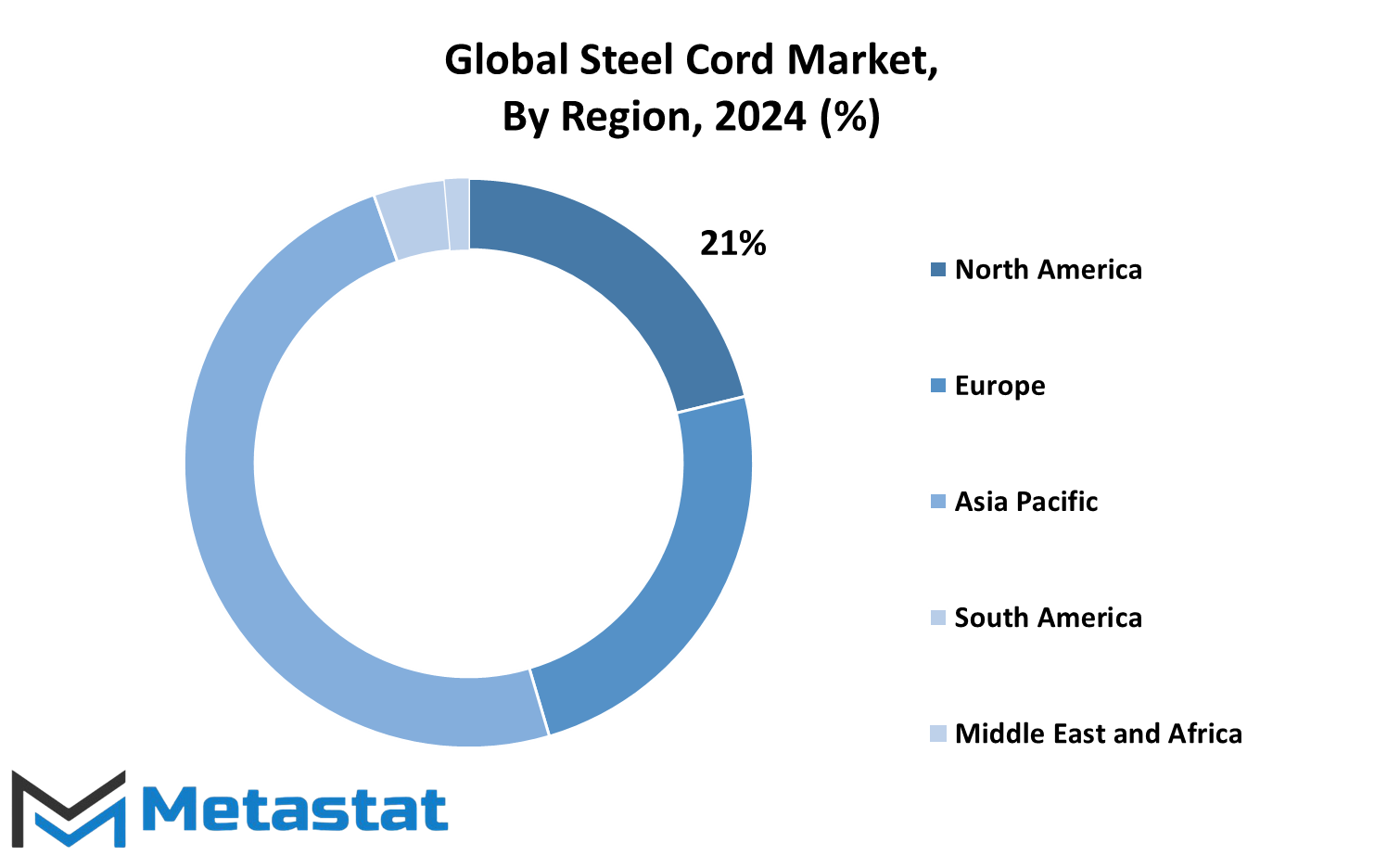
COMPETITIVE PLAYERS
Global Steel Cord market is growing at a rapid rate with the technological up-gradation, ever-growing demands for durable materials, and expanding automotive and construction industries. Steel cords are strong and flexible and play a very important role in industries such as manufacturing high-performance tires, conveyor belts, and others. As the competition among major players in this market has been escalated in the quest for innovation and sustainability, quality, cost efficiency, and technological advancements have become the biggest separating factors.
In the Steel Cord industry, Bekaert, Jiangsu Xingda, and ArcelorMittal remain one of the major players that make investments in research and development of superior products to respond to the ever-growing demand. Examples of such companies also include Bridgestone and Shougang Century, which emphasize the incorporation of advanced materials to increase the life of their products and satisfy customers better. Tokusen and Tokyo Rope MFG emphasize innovative manufacturing processes to maintain competitive advantages. Competition is further being driven by the emergence of companies like Henan Hengxing and Junma Tyre Cord. The latter represents regional advantages captured in the market.
The market's future looks promising as industries increasingly emphasize sustainability. For instance, TATA Steel Ltd. and Kiswire Ltd. are exploring eco-friendly production methods, aiming to minimize environmental impact while maintaining high-quality standards. This shift aligns with global trends emphasizing greener industrial practices. With the automotive industry focusing on electric vehicles and lightweight structures, steel cord manufacturers like Hyosung and Sumitomo Electric Industries are expected to play a vital role in supporting these innovations.
Geographical expansion also points to the competitive nature of this market. Manufacturers are targeting emerging economies with growing infrastructure projects, such as Asia and Africa. For example, Shandong SNTON Steel Cord and BMZ are exploring partnerships and distribution networks to meet regional demands. The adaptability and responsiveness of these players to shifting global trends will shape their success in the years ahead.
In the future, the market of Global Steel Cord is to better develop with wide usage of integrated technology. Higher efficiency of production is likely to be achieved through automation and more timely quality control by AI while integration between industries may unfold new applications of the product. The companies that play at the steel cord market would be future-proof if they sustain to be innovative in products, sustainable and strategically growing.
Steel Cord Market Key Segments:
By Type
- Normal Tensile Steel Cord
- High Tensile Steel Cord
- Super High Tensile Steel Cord
- Ultra Tensile Steel Cord
By Application
- Tire Reinforcement
- Conveyor Belts
- Hose Reinforcement
- Other Applications (e.g., Automotive Components, Aerospace Parts)
By End User
- Automotive Industry
- Mining and Quarrying Industry
- Construction Industry
- Industrial Manufacturing
Key Global Steel Cord Industry Players
- Bekaert
- Jiangsu Xingda
- ArcelorMittal
- Shandong SNTON Steel Cord
- Bridgestone
- Shougang Century
- Tokusen
- Tokyo Rope MFG
- Hubei Fuxing New Material
- BMZ
- Henan Hengxing
- Junma Tyre Cord
- Sumitomo Electric Industries
- Hyosung
- TATA Steel Ltd.
- Kiswire Ltd.
WHAT REPORT PROVIDES
- Full in-depth analysis of the parent Industry
- Important changes in market and its dynamics
- Segmentation details of the market
- Former, on-going, and projected market analysis in terms of volume and value
- Assessment of niche industry developments
- Market share analysis
- Key strategies of major players
- Emerging segments and regional growth potential



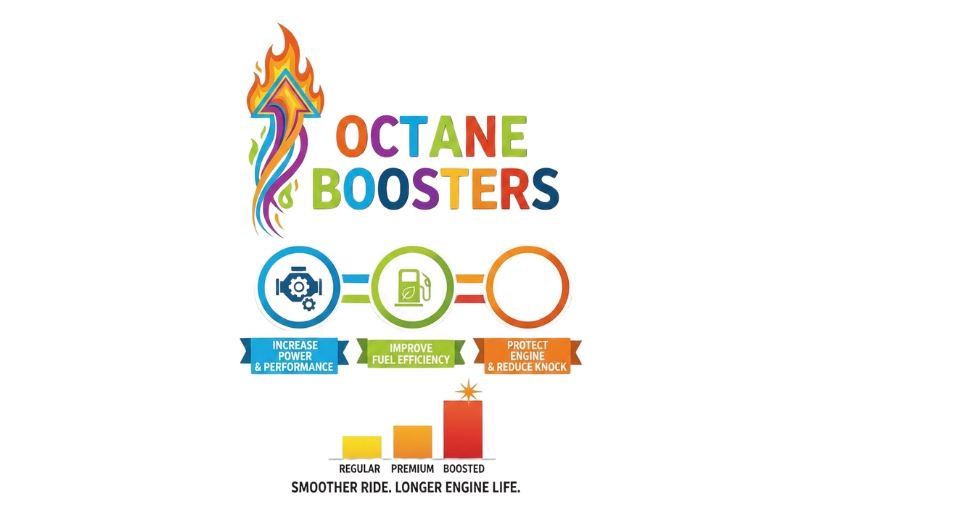

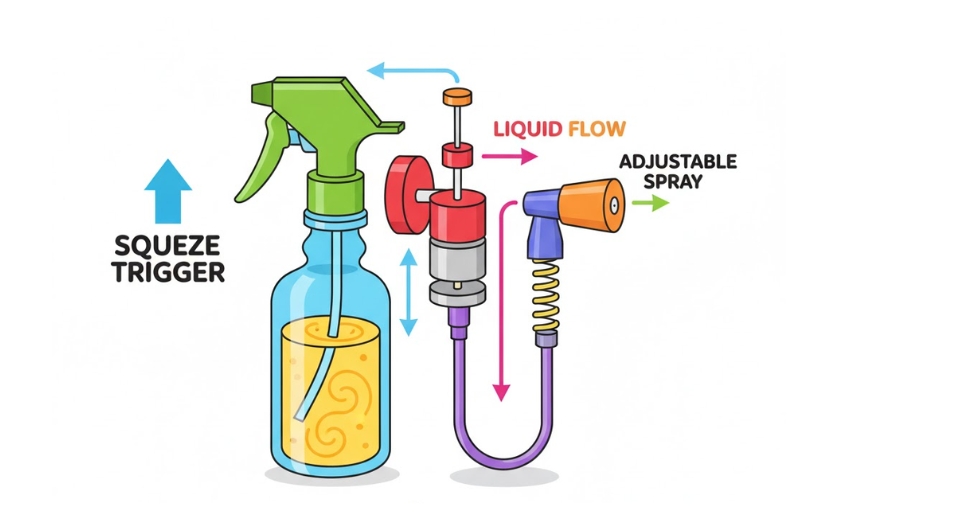
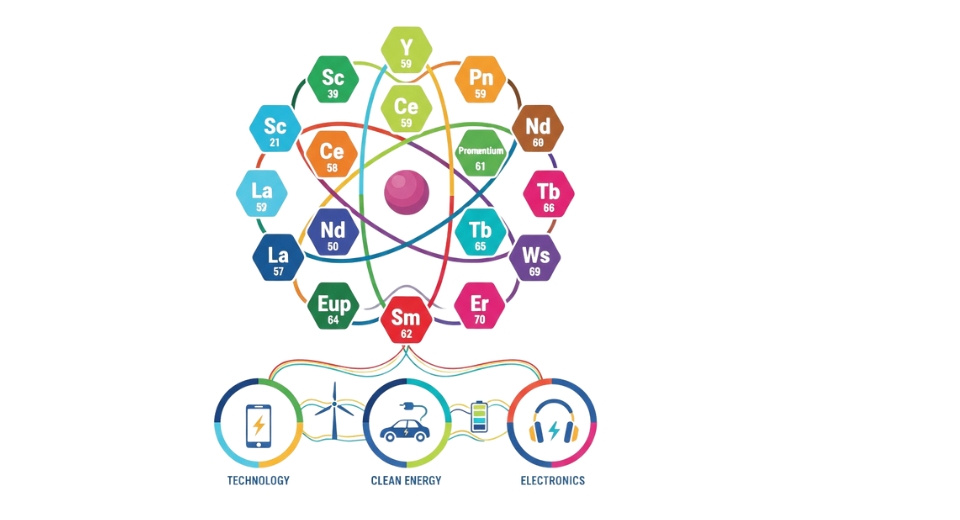

 US: +1 3023308252
US: +1 3023308252






